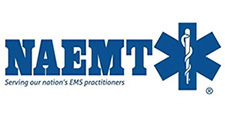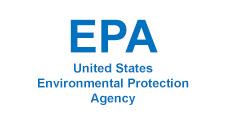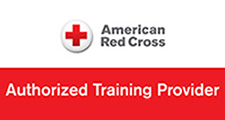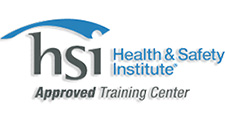- Office Phone:
- (718) 631-3333
- Office Hours:
- Mon - Sat: 9:00 AM to 12:00 PM - Sun: Closed

Who Should Take an AHA BLS CPR Instructor Course?
Cardiac emergencies can happen anywhere, at any time, to anyone. In such critical moments, the ability to perform Cardiopulmonary Resuscitation (CPR) can be the difference between life and death.
The American Heart Association (AHA) Basic Life Support (BLS) CPR Instructor Course is a crucial program designed to equip individuals with the skills to teach others how to perform CPR effectively. But who should consider taking this course? Let's delve into the key demographics that can benefit from becoming certified BLS CPR instructors.
Healthcare Professionals:
Healthcare providers are at the forefront of responding to medical emergencies, making them prime candidates for the AHA BLS CPR Instructor Course. Doctors, nurses, paramedics, and other allied healthcare professionals are often the first responders in cardiac events. By becoming certified instructors, they not only enhance their own CPR skills but also gain the ability to educate colleagues, students, and the community, thereby amplifying the chain of survival.
Educators:
Teachers, professors, and educational professionals play a vital role in shaping future generations. Incorporating CPR training into educational curricula empowers students with life-saving skills from a young age. Educators who undergo the AHA BLS CPR Instructor Course can integrate CPR training into their lesson plans, fostering a culture of preparedness and safety within schools and educational institutions.
Workplace Safety Personnel:
Workplace safety is paramount in any industry. Employers often designate safety officers or personnel responsible for emergency response protocols. These individuals, ranging from human resources managers to occupational health and safety officers, can greatly benefit from obtaining BLS CPR instructor certification. They can then disseminate CPR training among employees, ensuring a safer working environment and bolstering the organization's emergency preparedness.
Community Leaders and Volunteers:
In times of crisis, community members often emerge as unsung heroes. Whether during natural disasters, public events, or everyday emergencies, having individuals trained in CPR can make a significant difference. Community leaders, volunteers, and activists who undergo the AHA BLS CPR Instructor Course can mobilize grassroots efforts to spread CPR awareness, conduct training sessions, and establish community-based response teams.
Fitness and Recreation Instructors:
Physical activity and sports are integral parts of many people's lives. Fitness instructors, coaches, and recreational leaders are in unique positions to promote health and safety among their clientele. By obtaining BLS CPR instructor certification, they can incorporate CPR and first aid training into their programs, ensuring that participants are prepared to respond effectively to emergencies that may occur during physical activities.
Caregivers and Family Members:
At home, caregivers and family members often find themselves in situations where quick action is needed in medical emergencies. Whether caring for elderly relatives, young children, or individuals with health conditions, having CPR skills can be invaluable. By completing the AHA BLS CPR Instructor Course, caregivers and family members can not only enhance their own knowledge but also teach others in their household, creating a safer environment for their loved ones.
Conclusion:
The American Heart Association BLS CPR Instructor Course is a vital program that empowers individuals from diverse backgrounds to become advocates for cardiac safety and preparedness. Whether you're a healthcare professional, educator, workplace safety personnel, community leader, fitness instructor, caregiver, or concerned family member, obtaining BLS CPR instructor certification equips you with the skills to save lives and make a difference in your community.
In a world where cardiac emergencies can strike unexpectedly, being trained to perform CPR is not just a skill—it's a responsibility. By taking the initiative to become certified BLS CPR instructors, individuals from all walks of life contribute to building a safer, more resilient society, where every heartbeat counts.





